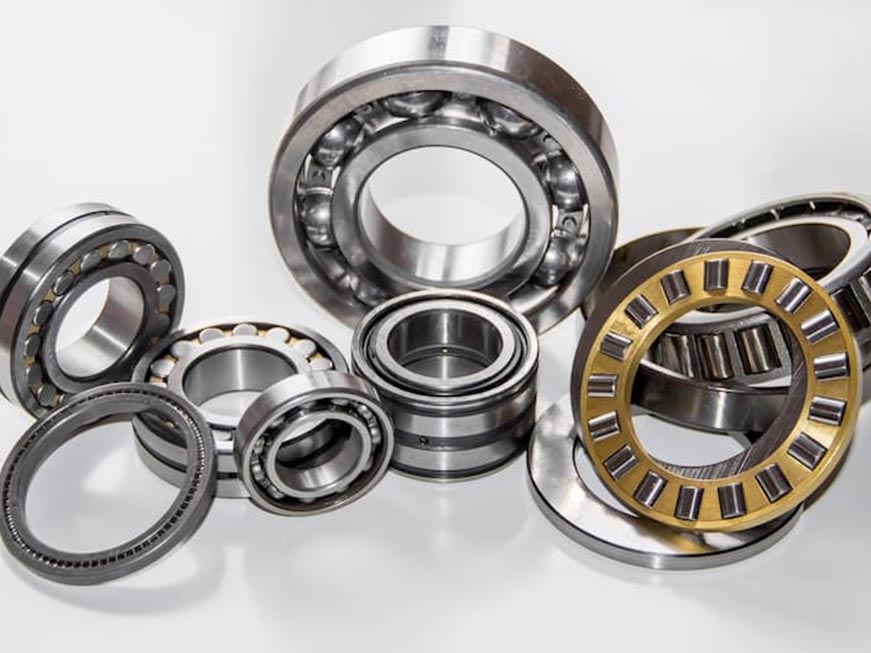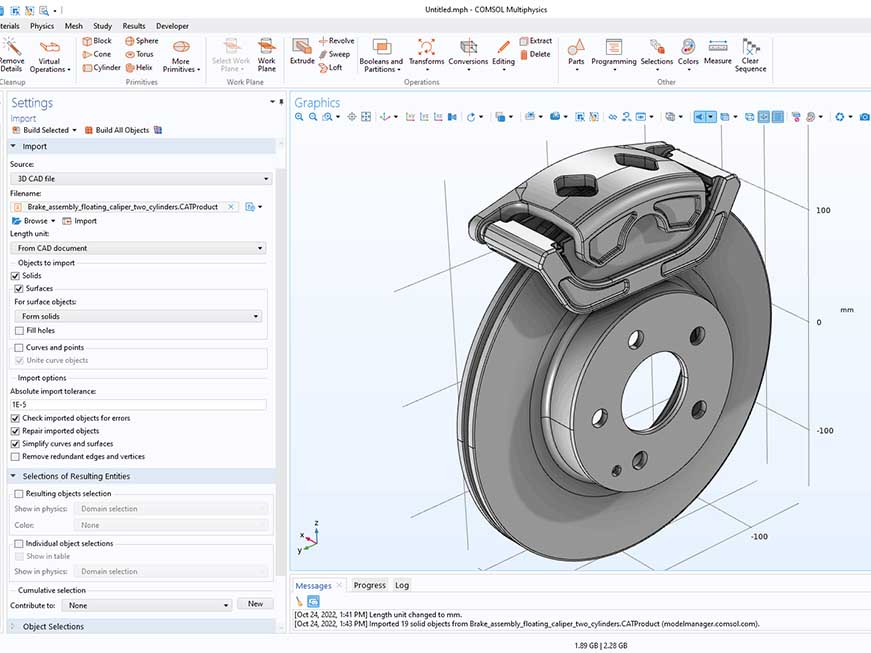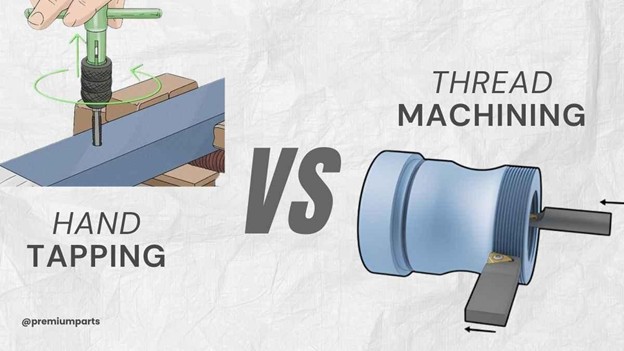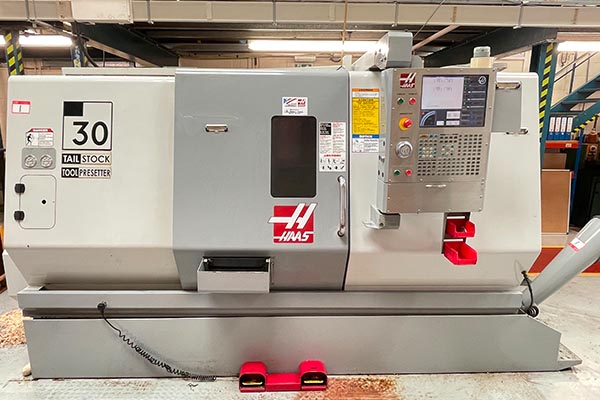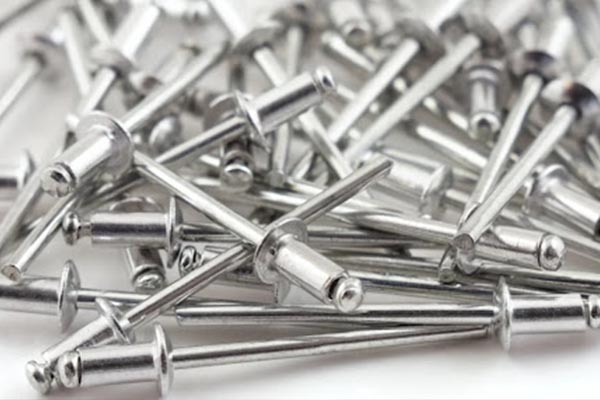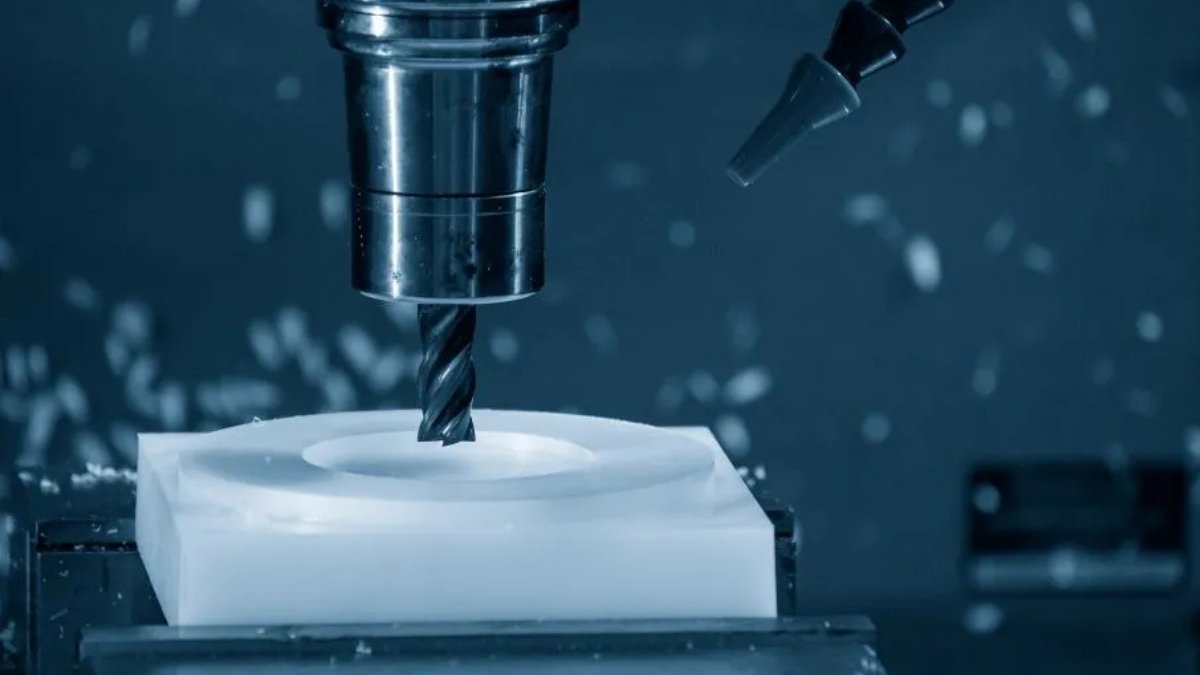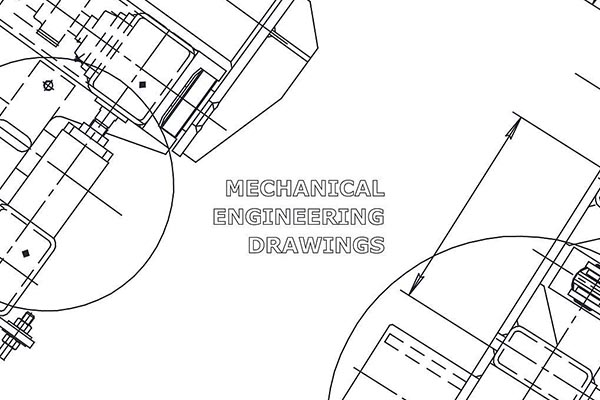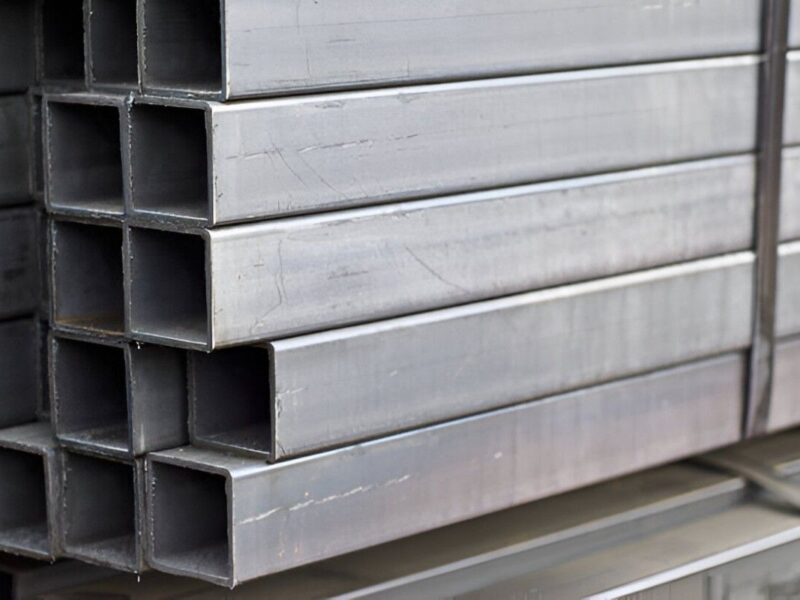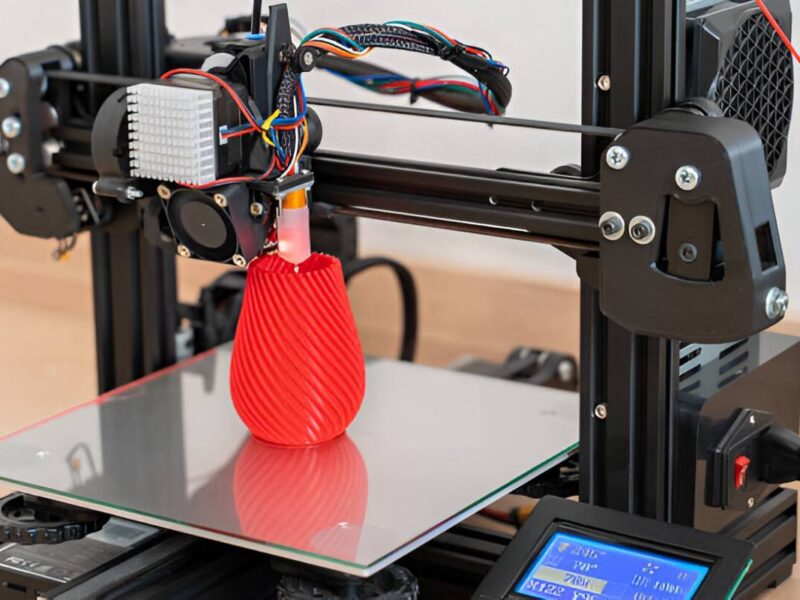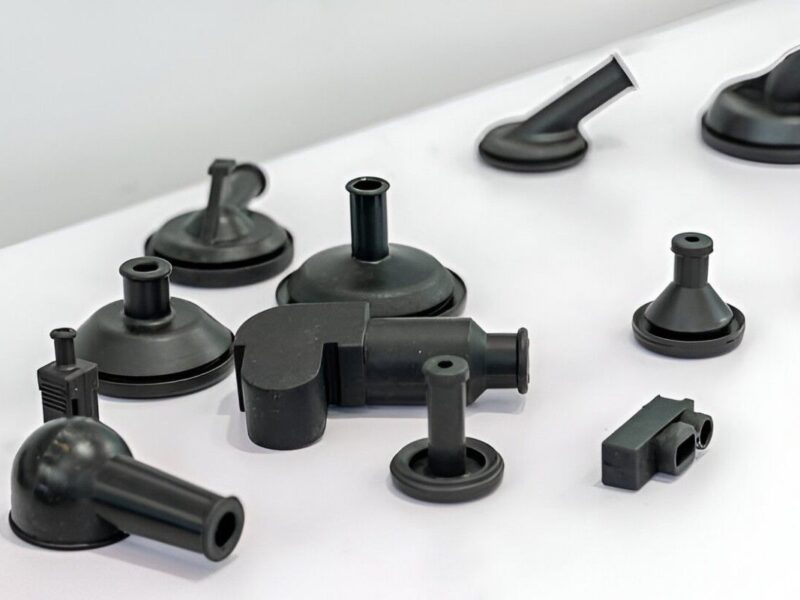The ever-dynamic and limitless capabilities of 3D printing and additive manufacturing technology can be quite a challenge for technology experts. For novices in 3D printing and business owners with no manufacturing experience, 3D printing can appear even more complicated. To make matters worse, choosing the proper process involves careful consideration of numerous factors; material, environment, finish, part strength, speed, and cost are only a few to mention.
The complexities of selecting the ideal process stem from the advancements and variations in the build parameters, printing technology, and output qualities that each option offers. While most procedures are ideal for prototyping, some can deliver end-use parts. To tune out all the noise surrounding process selection, we have narrowed the most important parameters to be function, aesthetics, and budget.
1. What is the Product Application?
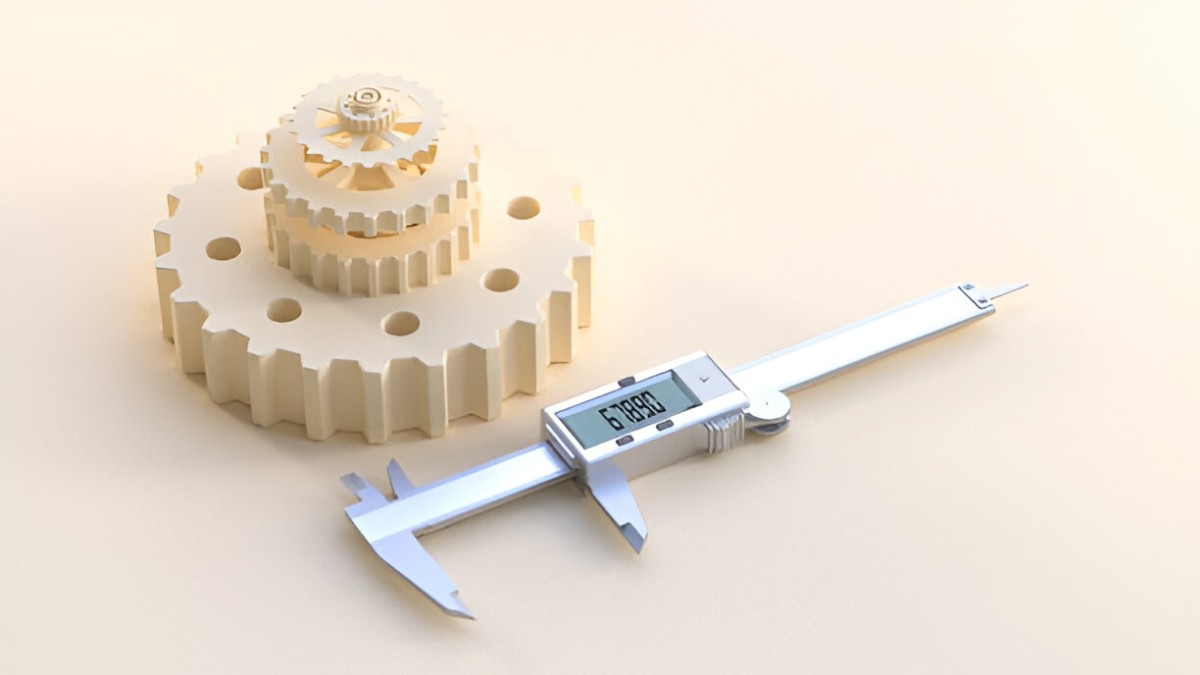 3D Printed Mechanical Part Model
3D Printed Mechanical Part Model
Image Description: The image shows a 3D printed mechanical part model. The part has a detailed feature and is made from plastic material.
Product application is quite different from part functionality. It is one thing that many people get confused about. The product application refers to the intended use of the 3D printed part. Some of the questions to ask yourself here include:
- Is the part to show a model or mock-up?
- Is it going to be a production/end-use part or a prototype?
- Is the part going to be subject to more R&D as test pieces?
Answering these questions brings you closer to precision when sorting our dimensions, color, surface finish, and material use. Product functionality comes into play when determining what needs to be done. If you need a part to hold or container some weighty parts or serve some high-impact function, you’re better off choosing the FDM process. If you are designing parts that require chemical inertness and heat resistance, SLS may be a better choice for your part.
2. How Strong does the Part Need to be?
The strength of your part includes physical durability, chemical stability, and lifespan. If your part needs to work in high-temperature environments, some processes and materials are automatically inapplicable. UV-stability, bio-medical compatibility, and moisture are essential parameters that you should also weigh before deciding what approach to take.
Finally, query how long the part needs to last and how ideal the material is for high-impact, multi-cycle processing. Photopolymer materials will react to light and are unable to withstand long-term stress. It is important to note that if you’re 3D printing a component or part, it may still need to be integrated into a large machine that works under high pressure.
3. How should the part look and feel?
The part aesthetic is a function of the part application. Generally, 3D printed parts will come off with a fair degree of surface finish. Depending on the cosmetic finish you’re trying to achieve, it will need to be improved. For one, technologies like Laser Sintering and Fused Deposition Modelling (LS and FDM) will deliver highly durable parts, but require more effort to achieve a perfect cosmetic appearance. It can affect both the overall price per part and turnaround time. SLA is great for visual modeling, mock-ups, and table-top displays. Because of the cured resin, the parts are of exceptionally high resolution and suitable for sanding and smoothing post-production. SLA parts will require some level of washing and curing after production, making it an expensive process. SLS is the chosen process for industrial designs that can afford a more robust budget to land great detail and resolution.
A near-perfect cosmetic finish is attainable using JCP technology, which delivers excellent color and detail right from the print. There is, however, a trade-off between strength and functionality. Polyjet printing is ideal for prototyping and test-only rubber/silicone-like parts that will work as seals, cups, or gaskets. However, the materials used here will not withstand high pressure exactly.
Procedures like DMLS, due to their use of metals, will take more time and effort to perfect the shiny, lustrous look of metallic parts.
4. How big does your part need to be?
Build volume varies from printer to printer. Printers with large build volumes will typically let you print larger objects. The build volume may also vary from one printing technology to another; this is because some 3D print processes may not be able to deliver some cosmetic qualities and part functionality at some sizes without defects.
Also, consider the infill density that you need for your part. Most 3D printed parts have an infill rate of 20 percent. Going above this translates into more material cost, longer production times, but better strength. When looking to save cost, consider printing multiple 3D printed parts that can be assembled subsequently rather than going all at once.
5. How much is your budget?
If your budget is fixed, then the price is undoubtedly the driving factor. Speed and quality will not be on your side in cases like this. You may need to compromise on some aesthetics to deliver on functionality. A tight budget may also limit your material selection options and 3D printing to use. If your budget is capped, you will need to spend more time on the design phase, adhere to manufacturing guidelines, and use workarounds and design optimization to manage material use and product complexities.
Typically, FDM processes will be the most affordable, while SLS can cost almost ten times the cost of an FDM operation. Depending on what you’re printing and how you’re printing, the presence or absence of support can also birth additional expenses.
Premium 3D Printing Services in China
As one of the top manufacturers in China, we encourage you to try out our high-quality 3D printing service solutions and get underway with your first 3D project. Our engineers are available to help with a free quote and design evaluation. Depending on the nature of your project, you will typically receive your quote within a few hours, along with some suggestions on how to enhance your end product. Premium Parts also provides stringent quality control evaluations and super-efficient logistics that guarantee you receive your 3D printed objects, produced to specifications as desired, quick, intact, functional, and most importantly, affordable.


